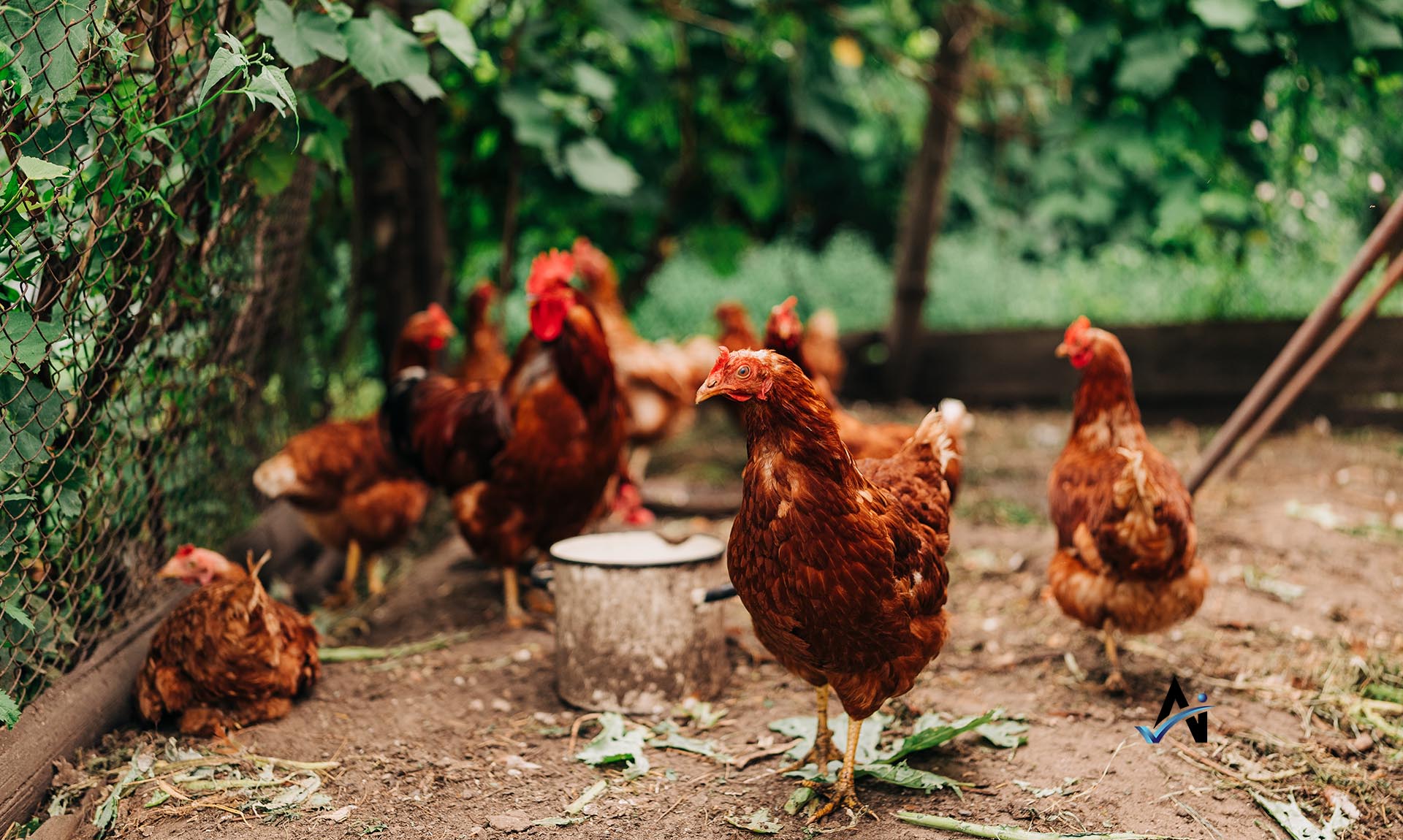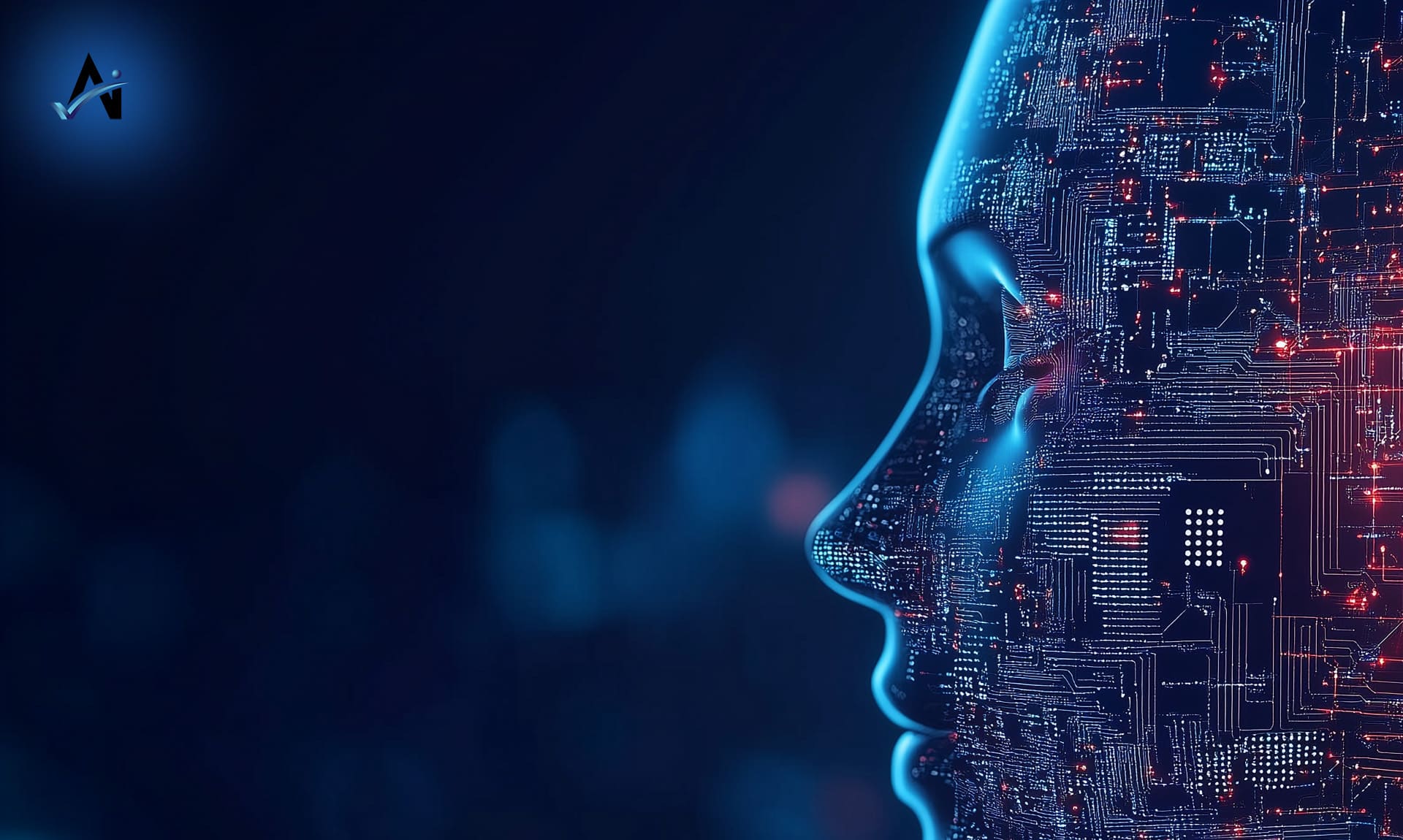Guess What Chicken Little? The Sky is the Limit for Poultry Farming and AI
No, the sky isn’t falling, and poultry farming is taking a huge leap forward. Poultry farming stands at a pivotal crossroads, with Artificial Intelligence (AI) beginning to play a transformative role. As the demand for poultry products continues to rise globally, AI’s integration into this sector is not just innovative; it’s becoming essential for meeting the challenges of efficiency, animal welfare, and sustainability.
The most immediate impact of AI in poultry farming is seen in enhanced monitoring and management of poultry health. AI-driven systems equipped with cameras and sensors are increasingly being used to monitor the flock’s health status continuously. These systems can detect early signs of disease, stress, or abnormal behavior, enabling timely intervention. This proactive approach not only improves the overall health and welfare of the birds but also reduces the economic losses associated with disease outbreaks and mortality.
Another significant application of AI in poultry farming is in optimizing feed efficiency. AI algorithms analyze data on feed consumption, growth rates, and environmental conditions to determine the most efficient feeding strategies. This optimization leads to reduced feed costs, which constitute a significant portion of operational expenses in poultry farming. More efficient feeding also contributes to sustainability by reducing the environmental footprint of feed production.
The operational efficiency of poultry farms is also being enhanced through AI. Automated systems for tasks like egg collection, feeding, and environmental control are becoming more intelligent and adaptive. These systems can make real-time adjustments based on the data they collect, ensuring optimal conditions for poultry growth and reducing the labor intensity of farm operations. This automation not only streamlines the production process but also mitigates the challenges posed by labor shortages in the agricultural sector.
AI technologies are contributing significantly to improving the quality and safety of poultry products. By monitoring the entire production chain—from farm to processing facility—AI systems ensure that the highest standards of food safety are maintained. They can detect potential contaminants or quality issues at various stages, enhancing the trust and reliability of poultry products in the market.
The economic implications of AI in poultry farming extend to the supply chain management as well. AI’s predictive analytics are being used to forecast market demand, manage inventory, and optimize logistics. This advanced planning capability helps poultry businesses reduce waste, manage price volatility, and improve profitability. It also ensures that consumers have consistent access to fresh poultry products.
The integration of AI into poultry farming marks a significant shift in how this traditional sector operates. The benefits of AI in enhancing animal welfare, operational efficiency, product quality, and supply chain management are creating a more resilient, sustainable, and profitable poultry industry. As AI technologies continue to evolve, they are set to play an increasingly vital role in meeting the growing global demand for poultry products, positioning this sector at the forefront of agricultural innovation.
latest video
Get Our Newsletter
Never miss an insight!






